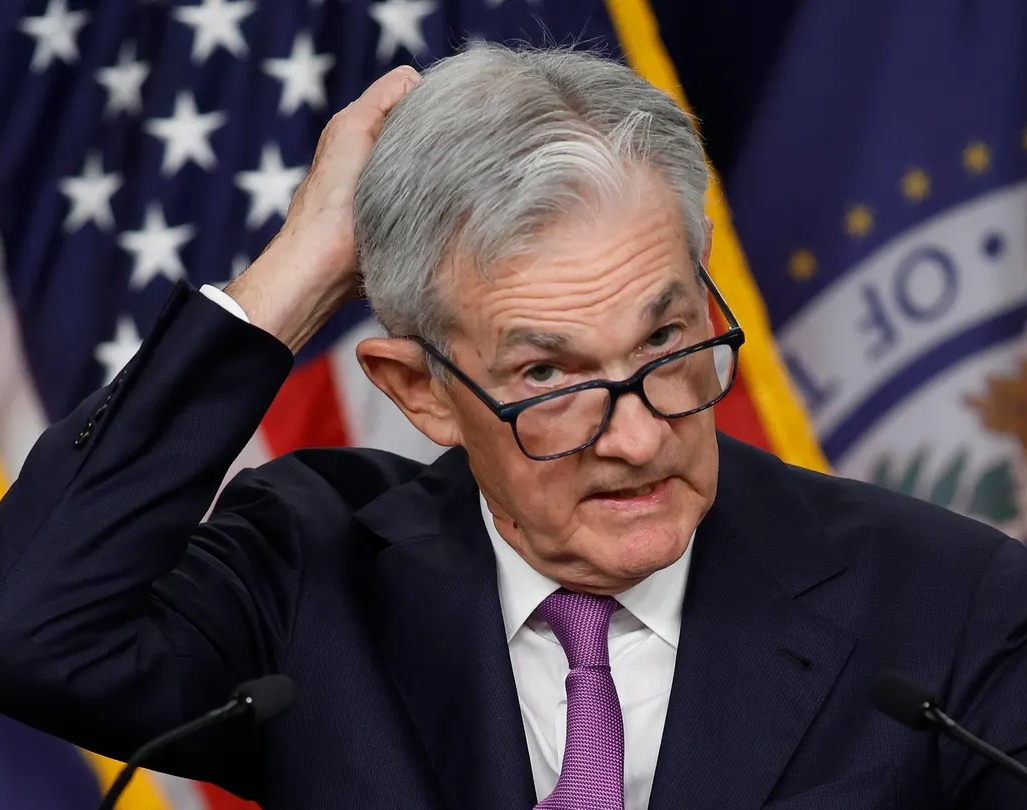
This month marks one year since the Federal Reserve’s last interest rate hike, which brought rates to their highest level in 23 years. As inflation continues to ease, economists are speculating about when the central bank might start reducing rates.
The Fed’s upcoming meeting is scheduled for July 30-31, with Chair Jerome Powell set to announce the rate decision on Wednesday at 2:30 p.m. After this session, the Fed will revisit its benchmark federal funds rate at its next meeting on September 17-18.
Experts doubt that the Fed will announce a rate cut this week. Powell has indicated that he needs more evidence showing inflation is nearing the bank’s 2% annual target before considering any cuts. However, Powell might signal a possible rate reduction in September, with 90% of economists expecting it to be the Fed’s first cut since 2020, according to FactSet.
Ryan Sweet, chief U.S. economist at Oxford Economics, expects the Fed to use the July meeting to hint at a potential September cut. Financial markets are anticipating multiple rate cuts in 2024, despite Fed officials’ earlier projection of just one. Futures markets now see a 64% chance of three rate cuts this year — in September, November, and December, according to CME FedWatch.
Currently, the federal funds rate is set between 5.25% and 5.5%. Most economists predict it will remain unchanged until September. The last increase occurred in July 2023, which set the rate at its current level. Since early 2022, the central bank has raised rates to combat the highest inflation in 40 years, which peaked at 9.1% in June 2022. Inflation has since dropped to around 3% annually.
Economists forecast a 0.25 percentage point cut in September, lowering the rate to 5% to 5.25%. If this cut is implemented successfully, there may be two additional 25 basis point reductions by the end of 2024. However, further cuts are not assured, as the Fed may adjust its stance if unexpected developments arise.
Just over half of economists predict the benchmark rate will fall to 4.5% to 4.75% by December, according to FactSet.
The Fed’s decisions are guided by its dual mandate to ensure price stability and maximum employment. While inflation is cooling, the Fed is also closely monitoring employment data. Rate hikes can slow economic activity and impact job growth. Recent job growth has averaged 177,000 per month over the past three months, down from 275,000 a year ago.
Powell and other Fed officials are balancing concerns about inflation with potential hiring slowdowns, which has increased market expectations for a rate cut.
David Mericle, an economist at Goldman Sachs, noted that job growth is slowing, and further deterioration in the labor market is undesirable. Early rate cuts could help sustain a strong job market.
Rate cuts could provide some relief for borrowers. Mortgage rates have decreased to below 6.8% from 7.2% in May. A 0.44 percentage point drop could save about $100 per month for buyers of a $350,000 home, according to Jacob Channel, chief economist at LendingTree. Rates might end 2024 closer to 6% for a 30-year fixed mortgage.
Credit card APRs may also fall with Fed rate cuts. The average interest rate on new credit cards is currently 24.84%, the highest since LendingTree began tracking in 2019. A quarter-point Fed cut could reduce the APR to 24.59%, saving $21 and shortening the payoff period by a month, says LendingTree credit analyst Matt Schulz. However, significant savings might be found with a 0% balance transfer credit card.


Account Catalog Database of Accounts for Sale